Alexander River and Lake Bam
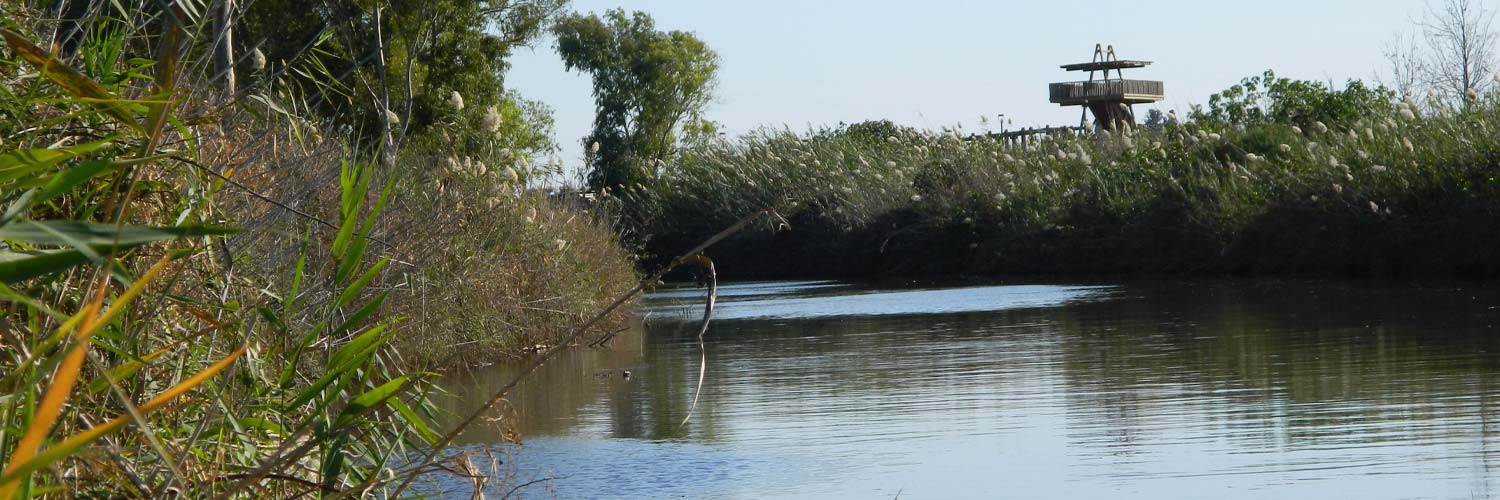
Following winning the 2003 Thiess International Riverprize, the Alexander River Restoration Administration (ARRA) from Israel established in 2004 a twinning project with the Ministry of Agriculture, Water Resources and Fisheries in Burkina Faso, West Africa. The aim was to share knowledge and together plan how to restore the deteriorated Lake Bam, which is situated approximately 120 km north of Ouagadougou, the capital city of one of the poorest countries in the world.
Lake Bam is a natural lake, part of the Nakanbe (Volta) river system, which flows through the Central Plateau of Burkina Faso. The length of the lake usually varies between 15-25 kilometres, and the width is 1-2 kilometres. The volume of the water in the lake varies between 37.5 million cubic metres in the wet season to almost nothing at the end of the dry season. The lake is only two to four metres deep in the dry season, and in extreme droughts it may dry out. This happened three times in the last century. On the other hand, the lake floods its surroundings frequently during the wet season, including parts of the very poor town of Kongoussi.
The lake suffers from the impact of desertification, local human activity and pressure around it, and from enhanced use of its water by the fast growing population. The lake is the source of life for the environment in this region and for a population of about 100,000 people who totally depend on the water from the lake, sometimes even for drinking. With no intervention, it might dry out and cause an environmental and human crisis. The problem of Lake Bam is a local environmental problem with global impact. The project of saving Lake Bam is a project where a real difference can be made.
Both partners of the twinning project, together with the IRF which financed the project, established a planning team of experts from four continents, speaking five languages. The team has prepared a scoping study (2005) and a Feasibility Study (2007) which includes a wide range of recommendations on how to turn the lake into a long term sustainable resource again.

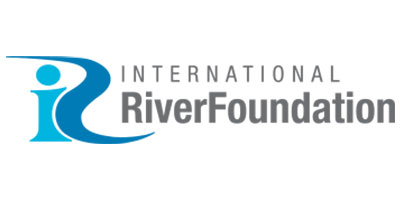
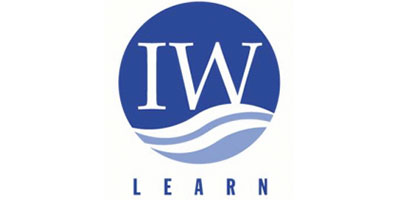

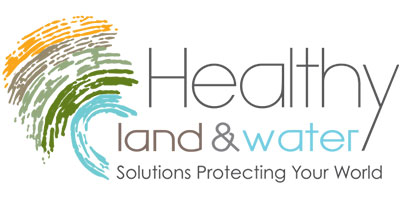
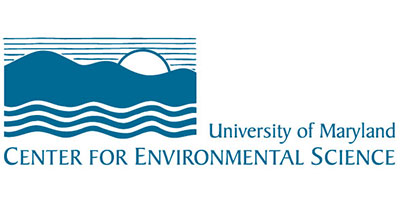
No Comments